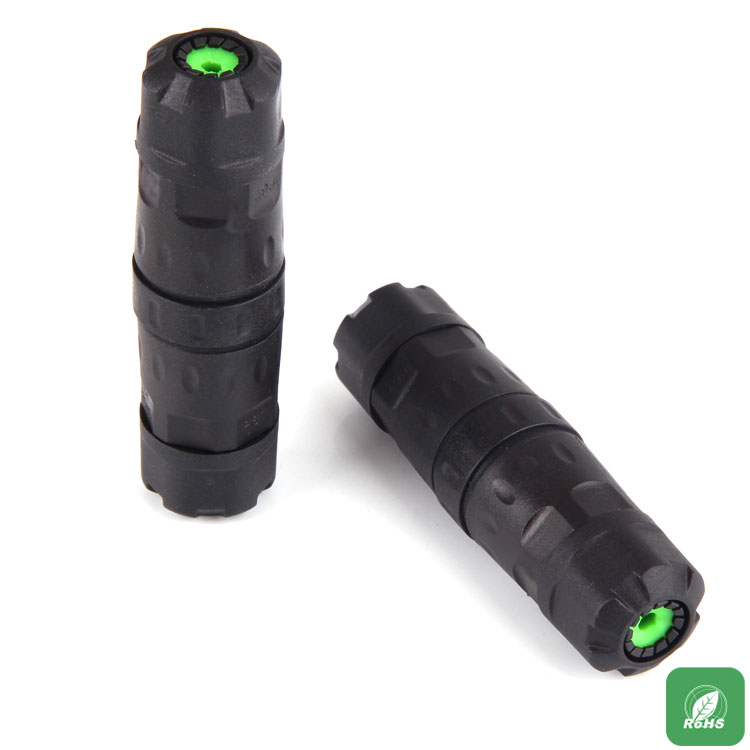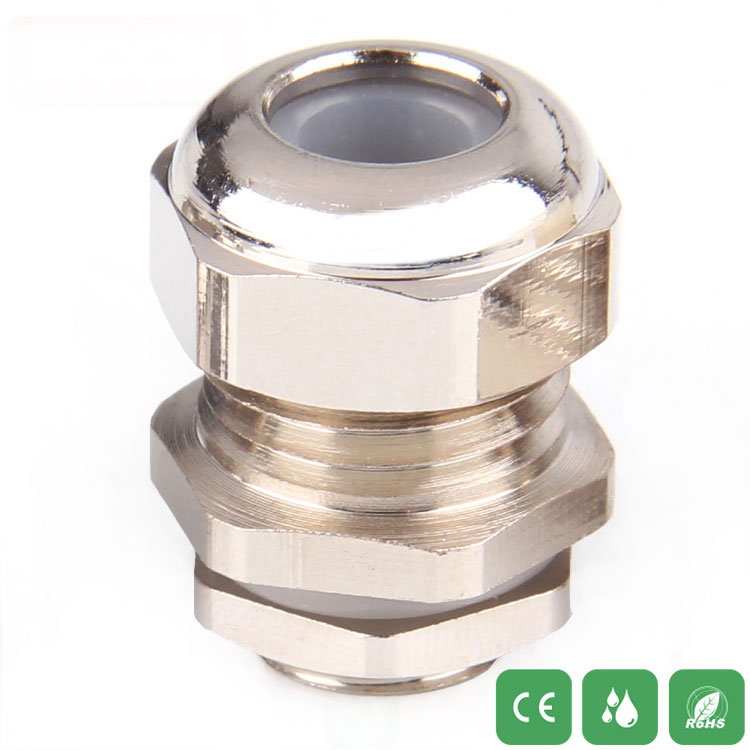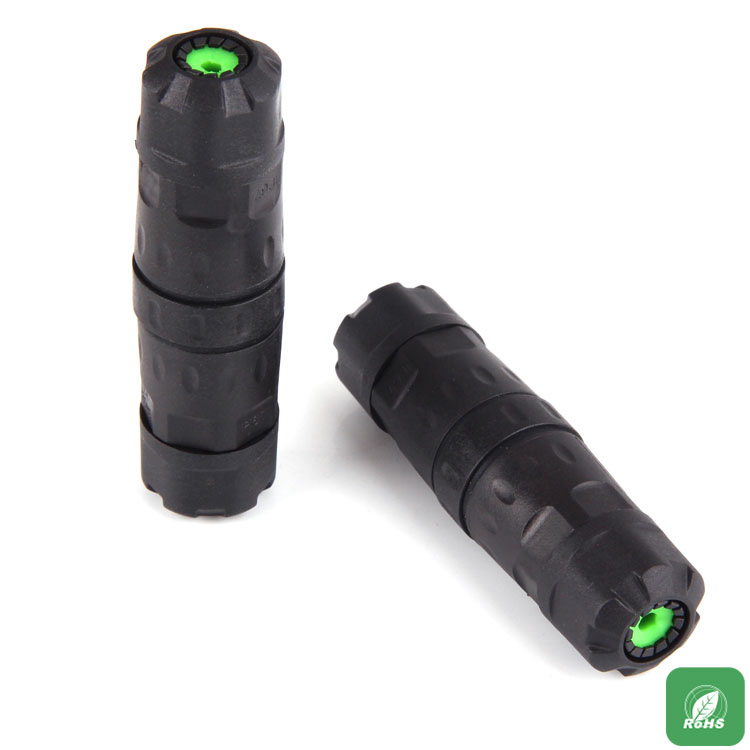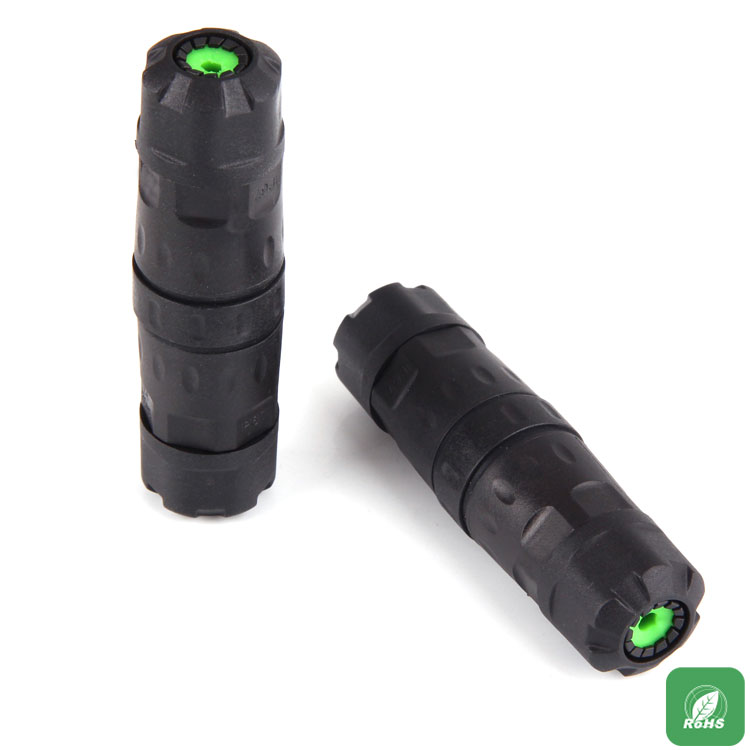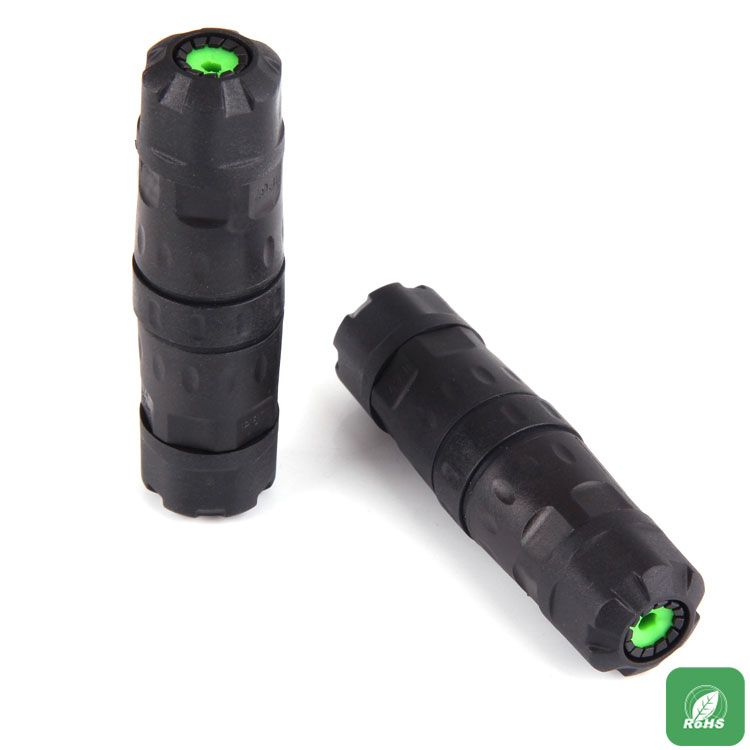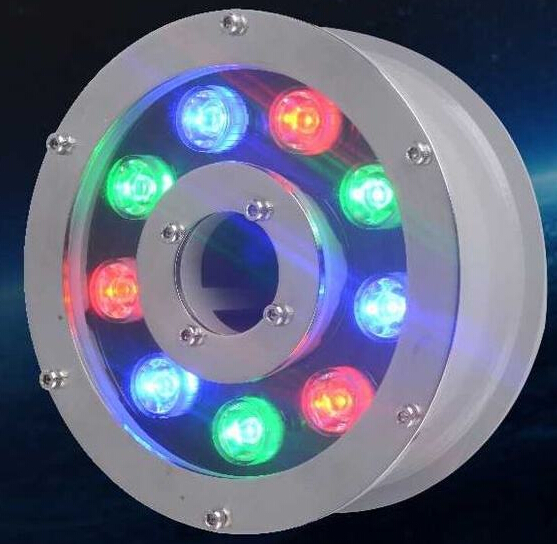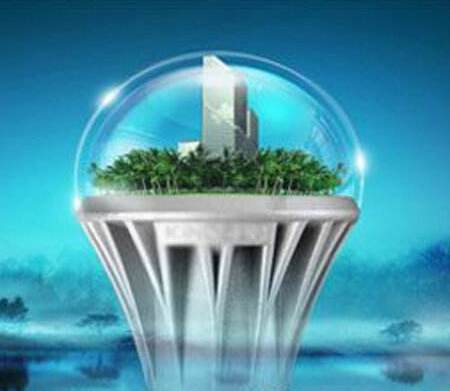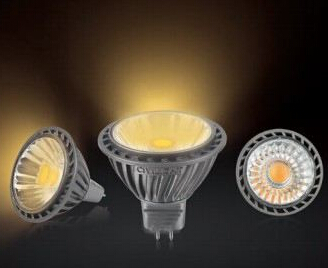LED lamps have the advantages of small size, low power consumption, long service life, etc. Nowadays, more and more LED energy-saving lamps have entered the ordinary people's homes, affecting all aspects of people's lives.
Previously, the focus on LED technology focused on visual elements and energy-saving links; today, researchers are beginning to pay attention to LED lighting and health issues.

The study found that people who work and live in LED white light pollution environment for a long time, the retina and iris will be damaged to varying degrees, the visual acuity drops sharply, and the incidence of cataract is as high as 45%. It can also cause dizziness and upset, and even symptoms such as insomnia, loss of appetite, depression, physical weakness, and the like.
In the summer, the strong reflection of the glass curtain wall enters the nearby residential buildings, increasing the indoor temperature and affecting normal life. Some glass curtain walls are semi-circular, and the reflection of light is also likely to cause fire. Drivers driving under the scorching sun will be unexpectedly attacked by the reflected light from the glass curtain wall. The eyes are strongly stimulated and it is easy to induce a car accident.
According to optical experts, the reflected light of mirrored building glass is stronger than that of sunlight, and its reflectivity is as high as 82% to 90%. The light is almost completely reflected, which greatly exceeds the range that the human body can bear.
In addition, research papers have pointed out that LED lamps contain lead, arsenic and dozens of other dangerous substances. White LED lamps have the least lead content, but there is still a large amount of nickel, a heavy metal that can trigger an allergic reaction. The level of copper found in some LED lamps may pose a threat to the environment. If accumulated in rivers and lakes, it may poison aquatic organisms.
Experts say that although it is less likely to cause cancer after inhaling an LED, it is not necessary to let toxic substances float around. If the LED light is broken at home, it is recommended to wear gloves and a mask to clean it. In addition to the debris, even the cleaned broom should be discarded.
In addition, when people go to the scene of a car accident to deal with a car accident, or when repairing a damaged traffic light, they should wear protective clothing and dispose of the waste according to the standard of hazardous waste. At present, LED lights are not classified as toxic by law and can be disposed of in conventional landfills.
















 RCCN WeChat QrCode
RCCN WeChat QrCode Mobile WebSite
Mobile WebSite